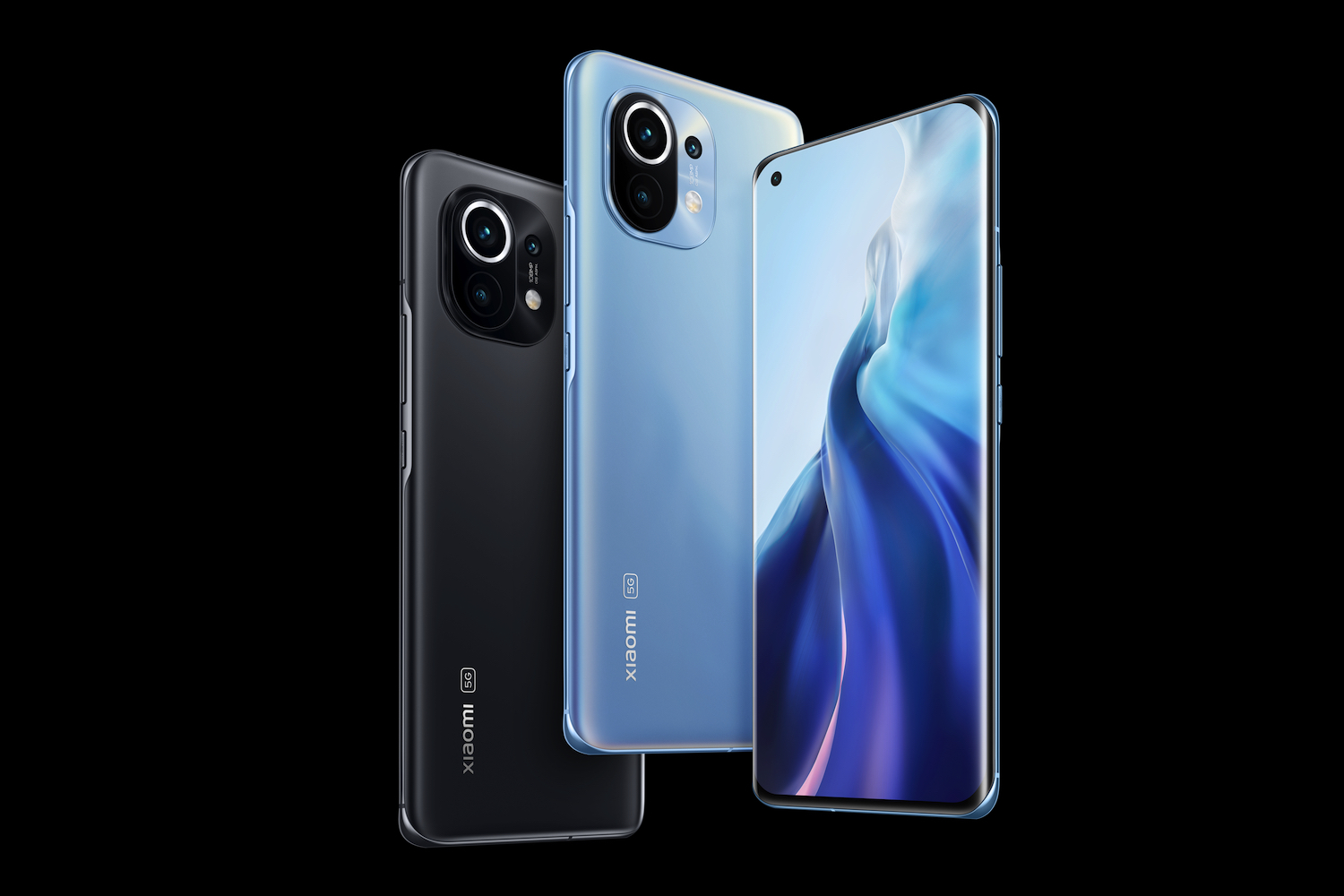If the Samsung Galaxy S21 Ultra just isn’t the phone for you, then Xiaomi has launched what looks to be a worthy alternative, the Mi 11. It takes on the latest Samsung flagship with a Qualcomm Snapdragon 888 processor, a 108-megapixel camera, and a 6.81-inch AMOLED screen with a 120Hz refresh rate and a WQHD+ resolution. Although the price has not been confirmed yet, Xiaomi’s smartphones are usually reasonably priced, so expect it to come in slightly cheaper than the $1,200 Galaxy S21 Ultra.

Let’s look at the hardware in more detail. The 108MP main camera is the standout feature, but it’s not clear exactly which sensor it uses. The Galaxy S21 Ultra uses Samsung’s latest ISOCELL HM3 sensor. We do know the Xiaomi’s main camera has a 1/1.33 sensor size and 0.8nm pixels. It’s joined by a 13MP ultra-wide camera and a 5MP telemacro camera, although it hasn’t stated what optical zoom it provides, if any.
The camera is packed with interesting software-assisted video modes. For example, Parallel World adds a mirrored effect to your movies, Freeze Frame Video freezes a frame and duplicates it to make it look like time has stopped for an object or person, and Magic Zoom creates the cinematic “dolly zoom” effect, where the camera appears to be zooming in and out at the same time.
Xiaomi may not have a truly global presence, but it’s doing the right things to compete in the high end.
Xiaomi’s artificial intelligence (A.I.) modes for its stills cameras are surprisingly effective, so we have high hopes for these as well. It has also added a Night mode to the main camera, the ultra-wide, and the selfie camera too. On the front is a 20:9 aspect ratio 6.81-inch AMOLED touchscreen with a 120Hz refresh rate, 480Hz touch sampling, a WQHD+ resolution, 10-bit color, and HDR10+ support. It’s covered in Gorilla Glass Victus to protect it from damage, just like the Galaxy S21 Ultra, while inside the phone is a Qualcomm Snapdragon 888 processor and 8GB of RAM.
What else? The battery has a 4.600mAh capacity and can be fast-charged using 55W wired, or 50W wireless charging. The 196g phone runs Android 10 with MIUI 12 over the top, it has an in-display fingerprint sensor, 5G, NFC, dual speakers tuned by Harmon Kardon, and a 20MP selfie camera in a hole-punch cutout. It will be available with either 128GB or 256GB of storage space, and in either Midnight Gray or Horizon Blue colors.
The Xiaomi Mi 11 will be released in March, with the price to be announced closer to the time. Xiaomi does not sell smartphones in the U.S., but the phone will be available in the U.K. and there will of course be opportunities to import models stateside if you’re particularly intrigued.



